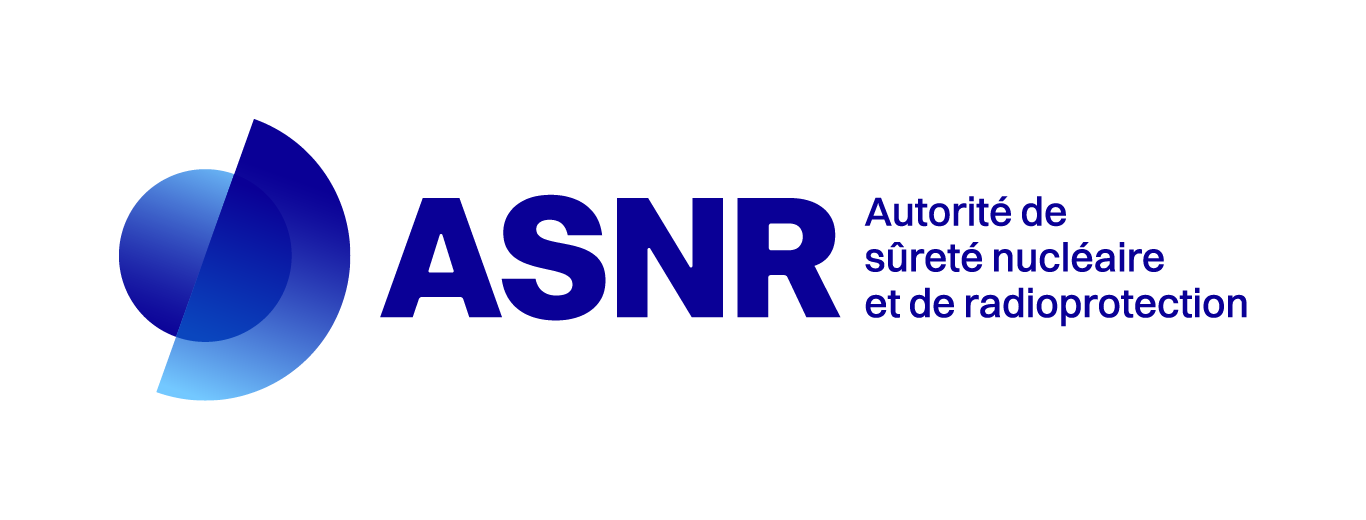How to read the graph
Natural ENVIRONMENTAL BACKGROUND radiation
In the guided mode only, the blue area of the graph denotes a range of values usually measured in the environment where no basic nuclear installation (INB) impacts the measurements: this is the environmental background radiation. It is also referred to as one of the national reference values (National background radiation not affected by any installation). It includes natural radioactivity, plus artificial radioactivity due to the remanence of the Chernobyl accident and atmospheric nuclear tests.

THE DISTINCTION between ‘SIGNIFICANT’ and ‘NON-SIGNIFICANT’ MEASUREMENTS
When a measurement is represented in the graph by a full spot (significant value), it means that some artificial radioactivity has been detected.
A measurement represented by an solid circle is non-significant, i.e. the presence of radioactivity cannot be assessed with certainty, because of the measuring method used.
To understand the meaning of significant measurements / non-significant measurements, please watch the explanimation (animation video) below:
THE UNITS USED
The Becquerel : unit of measure corresponding to the disintegration number of the radioactive atom per second.
The Sievert : unit of measure corresponding to the impact of radioactivity on humans and living organisms, i.e. an estimation of exposure to radiation.
 return to top
return to top




